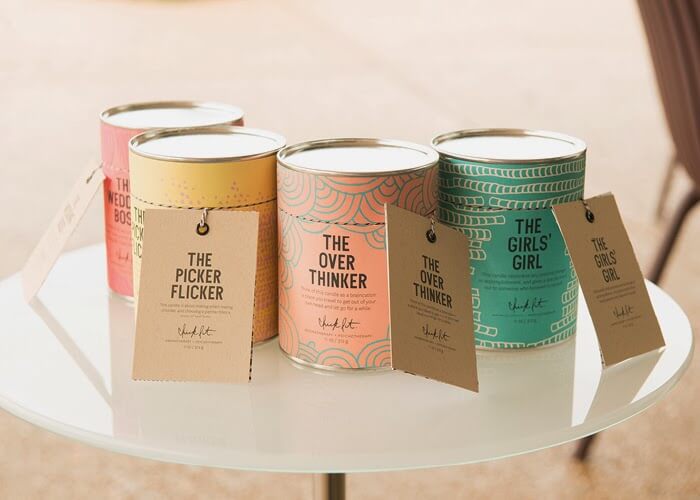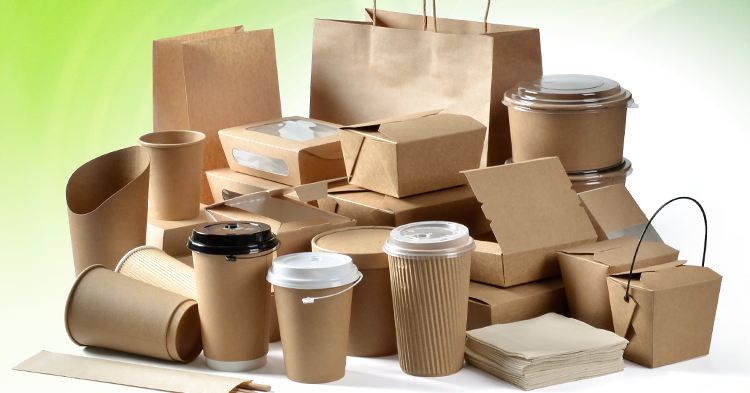Tubed Packaged Goods: Tube Types & Packing Benefits
Have you ever noticed how many products have tubes in their packaging? Tubed packaged goods are used for some of the thickest liquids and include liquids such as paint, glue, oil, and others. In this article, a list of types of tubes used in available tubed packaging is provided.
Introduction
Tubed packaged goods are a popular choice for the food industry because they offer many advantages over traditional packaging. Tubed packaging is recyclable, flexible, and easy to fill and seal. It also has a low profile, making it ideal for use in crowded areas or near other goods.
There are a number of tube types available, each with its own advantages and disadvantages. This article overviews the different types of tubes and their uses in the food industry.

What are the Different Types of Tubing?
The different types of tubing can be summarized as follows:
PVC (polyvinyl chloride) tubing is a common type of tubing used in water and other liquids. It is resistant to water and chemicals, making it a popular choice for many applications.
ABS (acrylonitrile butadiene styrene) is a type of plastic tubing that is often used in medical applications because it is strong and durable.
HDPE (high-density polyethylene) is a type of plastic that is often used in food packaging because it is durable and has a low melting point, which means it doesn’t harden when exposed to heat.
PEX (polynerteton ethylene xylene) is an alternative to PVC and ABS plastic that is often used in water and other liquid applications because it has a higher boiling point than those two types of plastic, which makes it less likely to form bubbles when heated.
Benefits of Tubing Packaging
There are many benefits to using tubed packaged goods. Some of the most common reasons include:
Ease of Use: Tube packaging makes it easy to identify and organize products. It also eliminates the need for separate boxes and bags, which can be a hassle to carry and store.
Reduced Waste: Tubing packaging reduces the amount of waste that is created during production. This is because it eliminates the need for additional packaging, such as boxes and bags, which can be filled with waste materials.
Environmental Benefits: Tubing packaging is environmentally friendly because it uses less energy and resources to produce. It also prevents environmental damage caused by waste disposal.
Drawbacks of Tubed packaged goods
The benefits of using packaged goods in tubes over those in boxes are numerous. Tubes help to keep food fresh and prevent it from becoming contaminated, they’re easier to store and they’re often recyclable. However, there are a few drawbacks to using tubes over traditional packaging.
The biggest issue with tubes is that they can be easily unwrapped and consumed without being cooked, which can lead to food poisoning. Additionally, food that’s sold in tubes often has a higher price tag than food that is sold in traditional packaging.
Lastly, tubes may not be as durable as boxes when it comes to shipping and handling, which can lead to them breaking or becoming damaged during transport.
Examples of Tubed Packaged Goods
Tubed packaged goods come in a variety of shapes and sizes, but all share one common feature- they are sealed inside a tube. This makes them perfect for products that require a sterile environment, like medical supplies.
Some tubed packaged goods are designed for single use, like test tubes and petri dishes. Others, like pre-packaged food items and vitamins, can be opened and used multiple times. Regardless of the type of tube, the packaging is often sturdy and leak-proof.
Pros and Cons of Tubed Packaged Goods
Tubed packaging offers great advantages over traditional packaging methods, such as shrink-wrapping. The tubes can be filled with a variety of products and then sealed shut, eliminating the need for a lot of extra packaging.
This is especially beneficial for products that are sensitive to light or air. Additionally, the tubes can be easily transported and stored, making them a popular choice for products that need to be shipped in large quantities. However, tubed packaging has its own set of disadvantages.
First of all, tubes are often difficult to recycle. Second, they can be difficult to open if the product inside is cold or frozen. And finally, tubes often contain more plastic than traditional packaging methods.
Some Common Examples of Tubed Packaged Goods
When it comes to packaging, there are a few types of tubed goods that you may come across. Each has its own benefits and drawbacks.
The most common type of tubed packaged goods is the can. Cans are the most cost-effective way to package food, since they’re simple and durable. They’re also popular among small businesses and home cooks because they’re versatile and easy to store.
However, cans are not always the best option for food safety. They can easily become contaminated if exposed to moisture or heat, which can lead to food poisoning.
Another common type of tubed packaged goods is the tube. Tubes are more expensive than cans, but they’re also more environmentally friendly because they don’t require any packaging material other than the food itself.
They’re also better for food safety because they protect food from contamination and dehydration. Tubes can be difficult to open, however, and they may not fit into all packaging formats.
Finally, there’s the pouch. Pouches are similar to tubes in that they don’t require any additional packaging material other than the food itself. However, pouches are less expensive than tubes.
Conclusion
Tubed packaged goods are a great way to increase the presentation of your products while keeping them safe and sound. Whether you’re selling food, drink, or any other type of product, tubing can help make your products look more appealing and inviting to customers.
There are a few different types of tubing available on the market today, so be sure to choose the right one for your needs.



